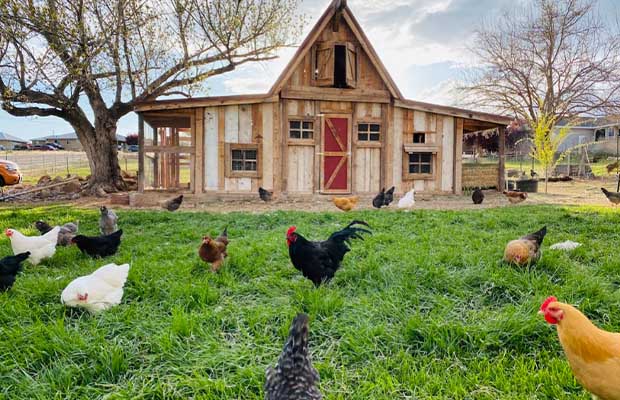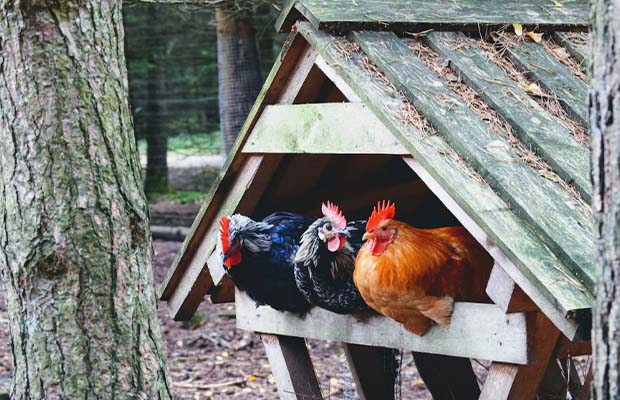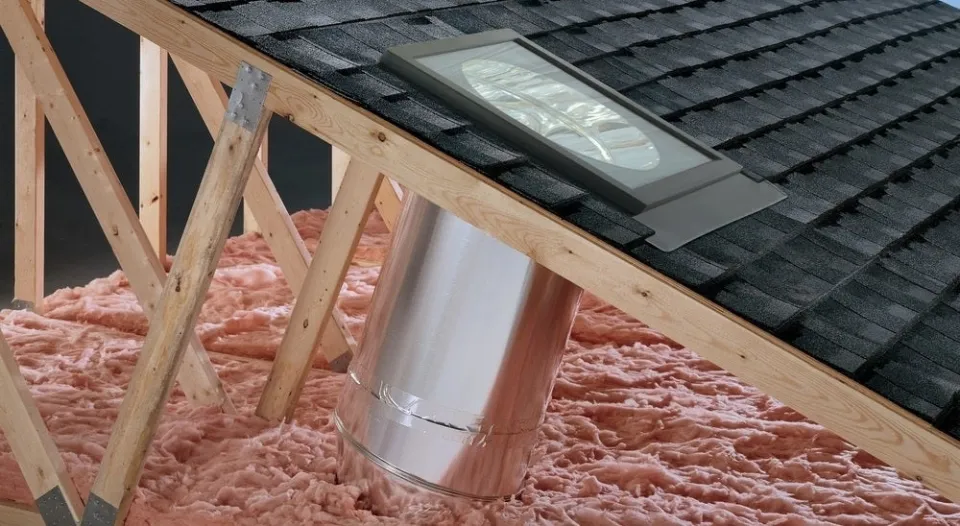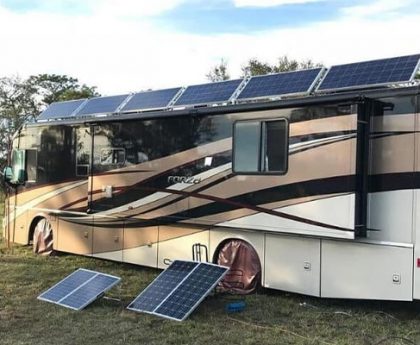Chickens are relatively tough animals. However, many of us want to offer a few comforts to our egg-producing friends.
Chickens that are healthy and productive still need light and ventilation. Think about going off-grid with a solar-powered chicken coop to power these benefits.
Do your hens regularly rely on a solar backup system? I am aware that our coop has an automatic chicken coop door as well as a heater for the winter and light for egg production at specific times of the day. Our chickens are dependent on all of these because they are powered by electricity.
The addition of a solar panel to your coop is one of the best ways to shield your chickens from power outages. Here is a detailed guide for you.
Read More: Can We Put Solar Panels On The Pergola?
Table of Contents
Basic Cooperative Needs Checklist
- 12v Battery – Deep Cycle (Not a marine battery) – Avg Cost $60+
- Cut Power Cord (Comes with a cord at no charge)
- Solar Panel – If needed Avg Cost is $50-200+ (depending on how much power you need to support your coop’s needs)
- Reducer – If needed Avg Cost is $20-25
Solar Panel For Chicken Coop Is A Good Choice
As a result of the electric current speeding up the timers’ rotation, some of our contributors who use battery backups have mentioned that they also use reducers to slow down the timers they have set on their heaters and lamps. This may or may not apply to you. Not everyone needs this. You won’t need this if the timer on your Automatic Chicken Coop Door is keeping up with the current time and not moving forward more quickly than the actual time.
When you use a battery backup, it means that your coop is powered by a battery, which you periodically recharge inside. Some clients have even gone so far as to use a battery to power their coop while installing a trickle charger inside the battery to maintain a steady electric current charging the battery (applicable only to clients who require very little power). To prevent the chickens from returning to the Stone Age, you might need to occasionally take the battery inside to fully recharge it.
The other choice is to upgrade your battery by including a solar cell. You can buy a solar cell that has already been manufactured, or you can go as far as buying large 4×8 sheets of solar cells to put on the roof of your barn or chicken coop to power everything using only “Green” energy. Small solar cells are even made for the back of boats to charge their batteries. You can also buy solar cells that are much smaller to power your coop’s essentials.
Although installing your own alternative energy can be expensive, keep in mind what it will be used for. Do not give in to pressure to feed your chickens “Green Power” with your entire life savings. There are many manufacturers of alternative power who will compete for you if you search online long enough. Due to its rising popularity, there are many low-cost alternatives to traditional power sources now available.
There are many different kinds of solar panels, but as was already mentioned, a common one is used to recharge small boats. These are typically found at your neighborhood power sports store (Bass Pro, Cabela’s, etc.), though you might find inexpensive ones online as well.

How To Build A Solar Panel For Chicken Coop?
Step 1: Pick Your Panel & Battery
Consider your needs when selecting the panel for your solar-powered chicken coop. There are a staggering variety of photovoltaic (PV) panels available, with a similarly impressive price range. Less than $300 is an appropriate spending limit. Alternately, you could spend more than $1,000 on a device that can generate more power even in less than ideal circumstances.
A 40-watt panel with a minimum output of 12 volts is the bare minimum size you’ll require. Bryce believes that when it comes to panels, bigger is better. Go for a larger one that produces a voltage that is closer to 24 volts if you can afford it.
For a straightforward light and fan, a standard 12-volt deep-cycle RV or marine battery will do. Keep in mind the following before making a decision: In colder climates, the battery will discharge more quickly. Additionally, in extremely hot areas, it might not charge as well.
Step 2: Place The Panel
Wherever possible, place the PV panel to capture the most sunlight. If there are any obstacles in the way of the sunlight, mount the panel on the building’s south side.
The sun moves across the sky at different angles depending on the season, which makes determining the angle a little more difficult. As a general rule, angle the panels at about your latitude.
For instance, Great Falls, Montana, is located at a latitude of approximately 47 degrees north. I can therefore adjust the panel to be between 45 and 50 degrees.
Another choice is to position the panel so that the angle is movable. In the winter, because the sun is lower in the sky, increase the angle to get as much sun as you can. In the summer, take the opposite action.
Step 3: Secure The Panel
It’s a good idea to attach your panel to your chicken coop if you live in a windy area. Use hangers and brackets to keep the panel in place while allowing you to change its angle throughout the season.
Use a portable frame for greater mobility in less harsh areas, especially if you have a mobile chicken coop and want to increase the light.
Step 4: Make The Connections
To avoid overcharging and “cooking” your battery, you need a charge controller.
A charge controller should be connected between the panels and the battery so that only a specific amount of volts can enter the battery (4a). It can blow up if it overcharges.
Charge controllers also offer defense against the current flowing in the opposite direction toward the solar panel. Keep the battery setup in an airtight but weatherproof container that offers protection from the majority of inclement weather (4b).
Step 5: Ac/Dc Decisions
Your solar-powered chicken coop has two options on your circuit for running the light or fan. Every one of them has both good and bad qualities.
The direct current setup is very straightforward for a DC fan and light.
To create an ongoing circuit (5a), run a wire from the battery to the object and back to the battery. To turn the light or fan on or off when necessary, you can install a timer between them and the battery (5b).
The DC option’s other appealing feature is: It uses less energy to operate because there is no power loss as the energy passes through the inverter. As a result, when the weather isn’t ideal for solar charging, the light or fan can run longer on the battery.
For a light and an AC fan: A coop outlet is typically already installed for someone switching from a traditional power source to a solar option.
It might be simpler to stick with the conventional AC (alternating current) configuration in this situation. For this option, a power inverter is needed to convert DC power to AC power. A tie-in clamps to the battery and has an inverter female plug-in for solar operations. You can then plug the appliances in from there.
Power loss through the system is a disadvantage of using AC and an inverter. This is exacerbated by an “el cheapo” inverter, as Bryce refers to it, which consumes battery power even when no lights or fans are operating.
Commonly, 25% of the DC power is lost during the conversion to AC. Select an inverter with an efficiency rating of at least 90%. In the end, you’ll be happier despite having to pay more.
Using a small generator in a solar-powered chicken coop is an excellent way to keep your hens happy, whether you’re looking for a portable power source or want to abandon the conventional choice.





